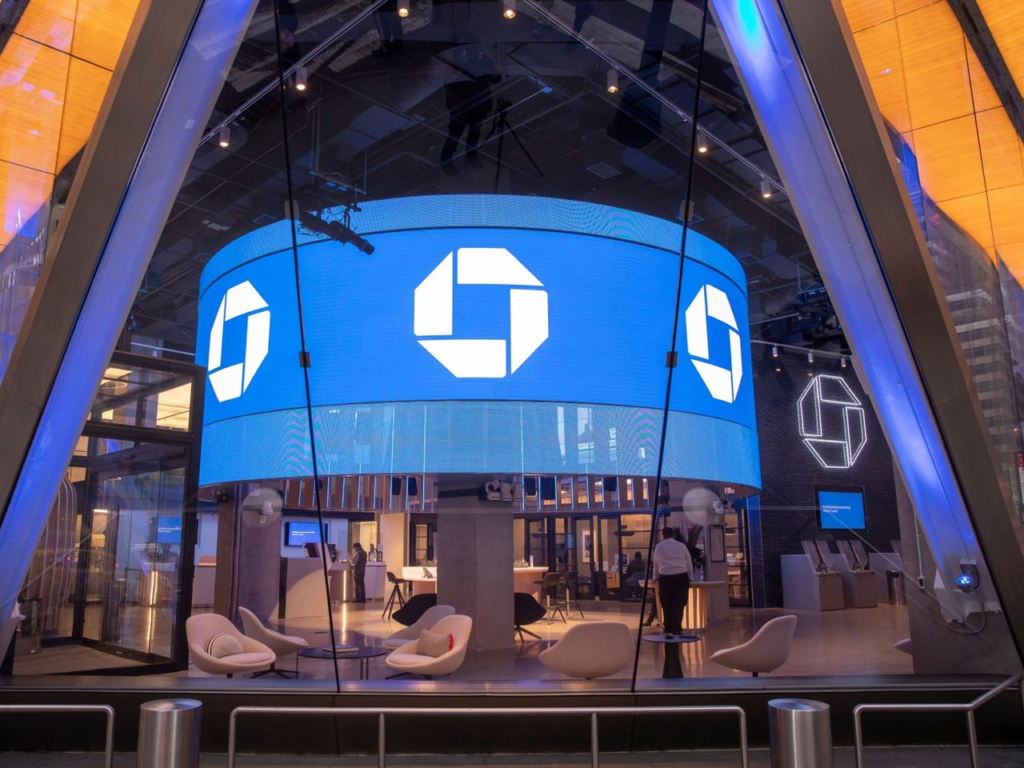PMorgan Chase & Co.’s (JPM.N) first-quarter profit surpassed Wall Street’s projections as higher interest income offset weakness in dealmaking, and the largest U.S. lender remained resilient during the March banking crisis.
The lender’s stock rose 6% as its performance demonstrated that large banks with their diversified businesses and trillions of dollars in assets withstood the financial crisis better than their regional counterparts.
Jamie Dimon, chief executive officer of JPMorgan Chase & Co., stated that the U.S. consumer and economy remain resilient, but he cautioned that the banking crisis could make lenders more conservative and impact consumer purchasing.
Dimon said, “The U.S. economy remains generally healthy, with consumers continuing to spend and strong balance sheets, and businesses in good shape.”

JP Morgan outperforms Wall Street on rate hikes.
“However, the storm clouds that we have been monitoring for the past year remain on the horizon, and the turmoil in the banking industry adds to these risks.”
Silicon Valley Bank and Signature Bank both collapsed last month due to withdrawals by depositors, signifying the second and third largest bank failures in U.S. history.
JPMorgan set aside $2.3 billion for loan loss provisions, up 56% from the prior year. Profit increased by 52% to $12.62 billion, or $4.10 per share, for the three months ending on March 31.
According to Refinitiv IBES data, excluding one-time expenses, the bank earned $4.32 per share, exceeding analysts’ average expectation of $3.41 per share.
Art Hogan, chief market strategist at B Riley Wealth in Boston, stated, “JPM is one of those household names in a sector that we were most concerned about reporting better-than-expected earnings, which is certainly putting a bid in the stock and a bid in the market.”
The consumer and community banking division’s revenue increased by 80 percent to $5.2 billion due to higher interest rates. Last month, the Federal Reserve raised interest rates by a quarter of a percentage point.

At $20.8 billion, the bank’s net interest income rose 49%.
The bank’s net interest income, a measure of how much it earns through lending, increased by 49% to $20.8 billion. The lender increased its forecast for NII this year, excluding market profits, from $74 billion to $81 billion.
However, its investment banking business on Wall Street remained a sensitive spot. The unit’s revenue decreased by 24% due to a lackluster market for mergers, acquisitions, and stock sales. The revenue from equity trading decreased by 11%. The fixed income trading revenue was unchanged.
The overall revenue increased by 25% to $38.3 billion.
